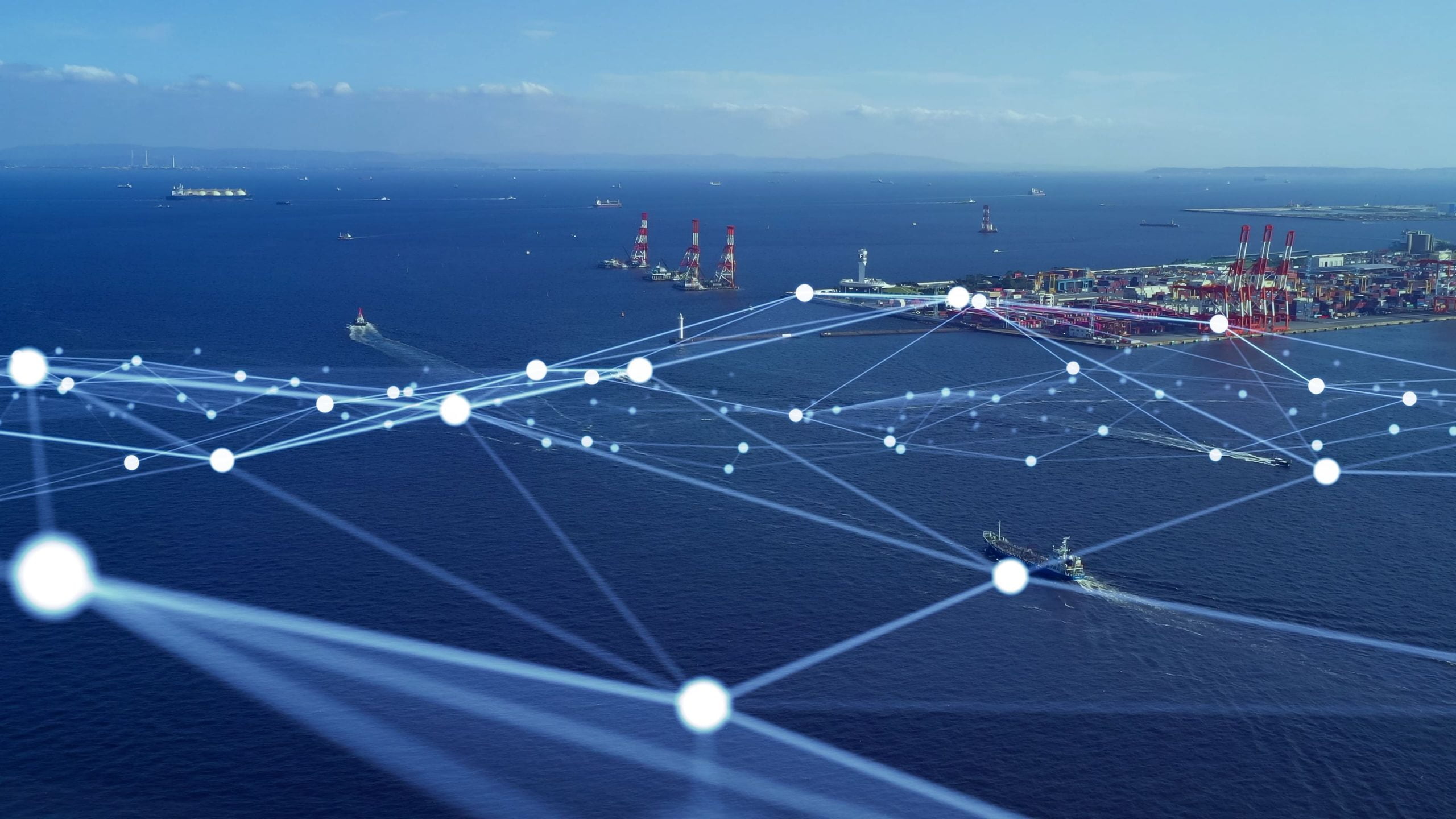How is smart marine technology enhancing safety and navigation?
Smart technology has infiltrated many industries around the world — but what about the maritime sector?
Innovations like the internet of things (IoT) and remote monitoring are also making waves in this industry, playing key roles in ensuring safer and more efficient voyages. These smart marine technologies have changed the way we approach maritime navigation, allowing for real-time data collection, improved decision-making and enhanced safety measures.
As the demand for aids to navigation (AtoN) increases, so does the market for smart marine technology that integrates seamlessly into efficient maritime operations.
What are smart aids to navigation?
The term’ smart AtoN’ refers to the integration of intelligent systems into traditional navigational aids, such as buoys, lights and automatic identification systems (AIS). These smart systems use advanced technologies, like IoT and remote monitoring, to provide enhanced functionality, including real-time data sharing, advanced diagnostics and predictive maintenance.
At the heart of smart marine technology is the IoT, which connects physical navigation aids, such as data buoys and navigation lights, to a network where they can communicate with each other and with operators in real time. This allows for continuous monitoring of maritime conditions, immediate detection of faults or inefficiencies and even remote control of the equipment. For example, if a navigation light is malfunctioning, the system can alert operators before it becomes a safety hazard.
The market for smart AtoN has seen significant growth as port authorities, governments and shipping companies seek to optimise maritime navigation. As such, demand for technologies that improve maritime operations efficiency by reducing manual labour, minimising errors and enhancing safety at sea has surged.
How can smart marine technology be used?
The application of smart marine technology is widespread, touching on several key areas of marine navigation and weaving its way into various AtoN.
Data buoys and the IoT
Data buoys equipped with IoT technology are transforming the way we monitor marine environments. These buoys collect real-time data on ocean conditions, such as weather, sea state, temperature and current — transmitting the information back to onshore stations.
This constant stream of data helps mariners make informed decisions about navigation routes and safety measures.
Furthermore, the remote monitoring aspect means that operators can track buoy health, such as battery life or the need for maintenance, without having to dispatch a crew.
Navigation lights and remote monitoring
Navigation lights serve as critical markers for ships travelling through busy waterways or difficult-to-navigate coastal regions. Today’s smart navigation lights go beyond simple illumination; they are equipped with remote monitoring capabilities, which notify operators if a light fails or malfunctions.
This allows for immediate action, reducing the chances of an accident due to faulty equipment.
Some systems even use solar power, making them more sustainable and reducing operational costs.
AIS and monitoring systems
AIS have traditionally been used for vessel tracking, but they are now also an integral part of modern AtoN. When installed on data or navigation buoys, AIS can transmit real-time information about the buoy’s position, status and condition.
Smart AIS systems equipped with IoT and remote monitoring features offer even greater functionality. These systems can report on a buoy’s health, battery levels and any deviations from its intended position, allowing authorities to monitor critical navigation points more efficiently. This data helps ensure aids to navigation are always functioning optimally, enhancing both safety and the smooth flow of maritime traffic.
What impact do smart AtoN have on maritime operations efficiency?
The introduction of smart marine technology has had a considerable impact on the efficiency and safety of marine navigation. By providing real-time data and enabling remote monitoring, these technologies allow operators to make more informed decisions and respond to issues much quicker than before.
Enhanced maritime operations efficiency
Smart AtoN drastically improve the efficiency of maritime operations by automating many manual tasks. IoT-enabled systems collect and transmit data continuously, eliminating the need for time-consuming manual inspections. For example, monitoring systems on buoys and lights can alert operators to potential problems, such as a power outage or equipment failure, allowing them to take corrective action before the issue escalates. This results in less downtime, fewer delays and smoother overall operations.
Increased safety
Safety is one of the most critical aspects of maritime navigation, and smart marine technology has introduced several improvements. Remote monitoring of aids to navigation ensures that equipment is always functioning optimally.
The ability to detect faults in real time, combined with predictive maintenance, means that dangerous situations like unlit buoys or defective navigation lights can be avoided. Additionally, smart AIS systems enable better vessel tracking and collision avoidance, which is particularly important in busy shipping lanes or during adverse weather conditions.
Cost efficiency
The deployment of smart marine technologies often leads to significant cost savings. Automated data collection and remote diagnostics reduce the need for physical inspections, which are both time-consuming and costly. Furthermore, the predictive maintenance offered by these systems helps to prevent expensive emergency repairs by identifying potential issues before they cause serious damage.
Investing in smart marine technology is a step towards enhanced safety and navigation. From ports and harbours to offshore renewable energy sites, Hydrosphere offers a range of smart aids to navigation products for various applications. Contact us today at [email protected] or +44 (0)1420 520374 to discuss your next project.








